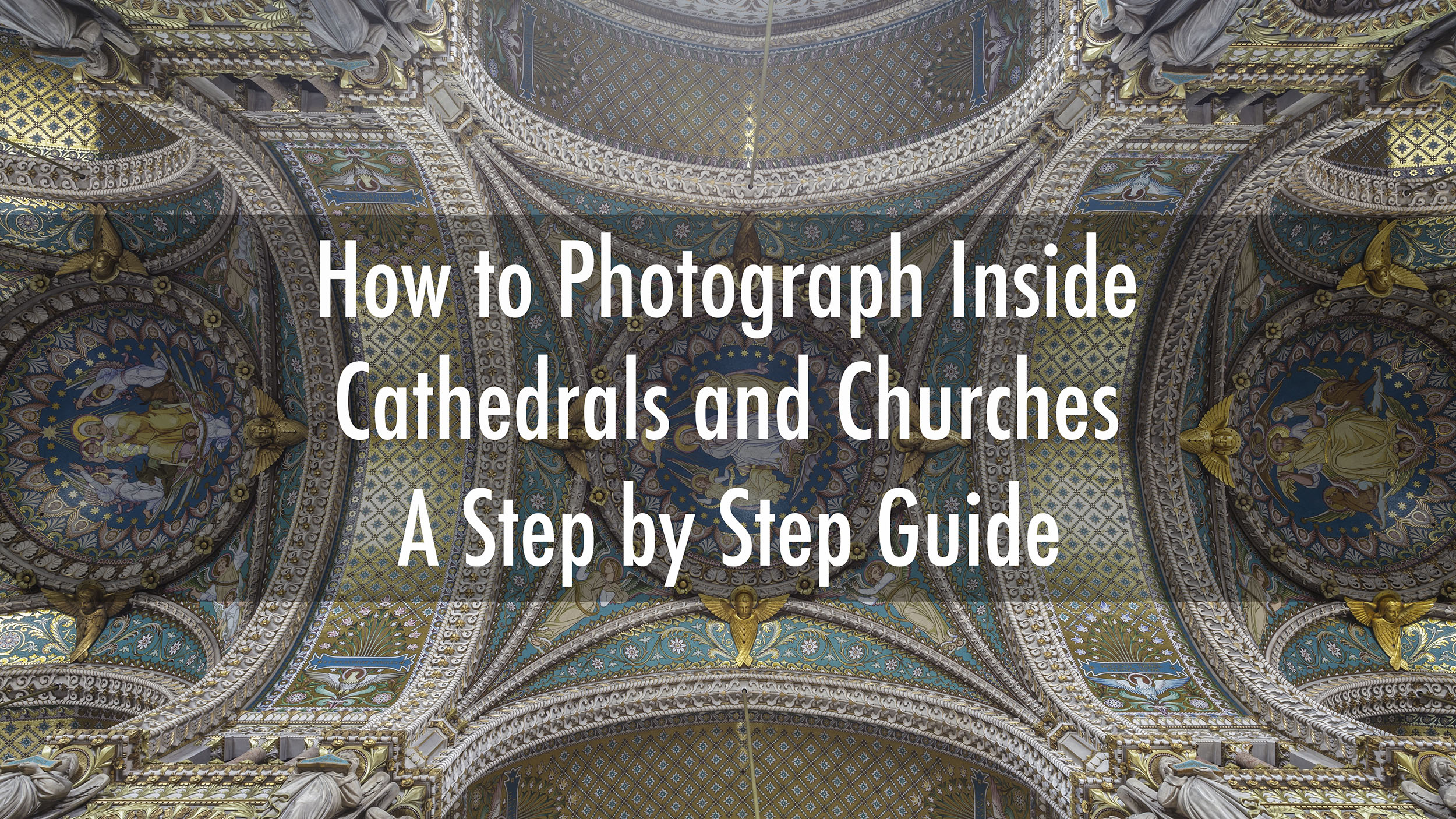
My latest vlog will show you how to photograph cathedrals both inside and out. Learn the techniques in this step-by-step tutorial designed to give you ideas of what you can do inside these magnificent buildings.
Filmed inside Le Mans cathedral in central France, I’m going to take you step-by-step through the interior of the building showing how I approach photographing it.
This beautiful Gothic cathedral is a joy to be inside and there are many small details that you can also photograph such as the capitals or statues up in the roof space.
From the nave to the transept to the choir various lenses are used to get the best out of the building as I offer up tips and tricks in each scenario.
To start shooting inside cathedrals, having the right gear is crucial. Here’s what you’ll need:
The nave is the central part of any cathedral or church and a great place to start. Here’s how to get good shots:
Aisles provide unique perspectives and highlight the architecture. Here’s how you can photograph them:
The transept, where the nave crosses with the choir, can create striking images. Here’s how to approach it:
The ambulatory encircles the choir and is often more intimate. To capture it effectively:
The choir of a cathedral or church often features stunning stained glass windows. Here’s how to shoot it:
Don’t forget the small details. Look for:
Learning how to photograph cathedrals and churches is about more than just taking pictures; it’s about capturing the essence of these historical places. With the right gear and techniques, anyone can create stunning images. Take your time exploring, and always be on the lookout for the beauty in the details.